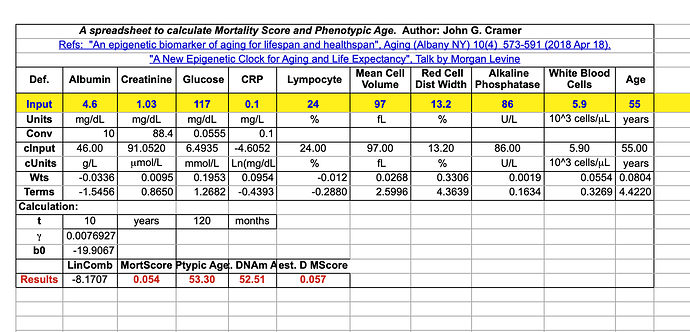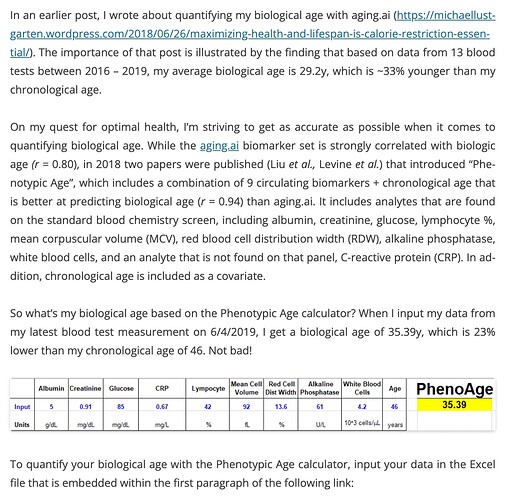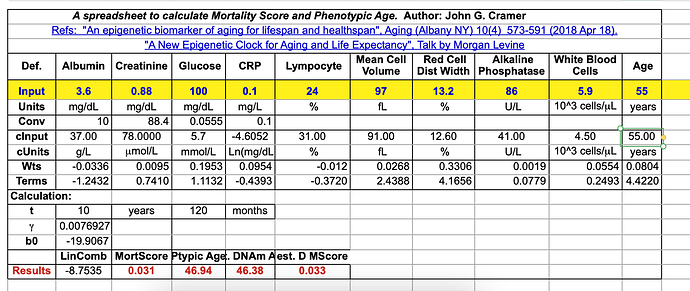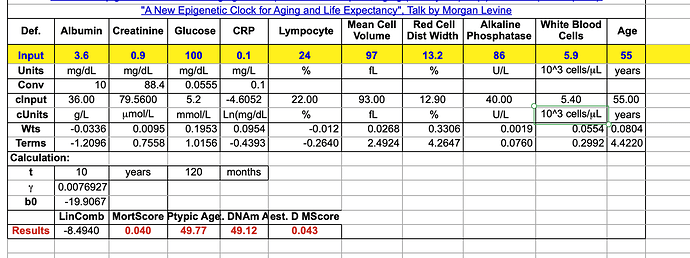this is what happens to the mice and rats too, yet in spite of these bad results or maybe because of them rapamycin extends their life besides these lab changes are so small that they are just normal fluctuations with the margin of error, not statistically significant
Did you try this approach, with “MedMate”? See the Australia listing on our Prescribers page: Rapamycin Prescription, Doctors that Prescribe It
True. So the issue could be one of these:
- These slight changes don’t reflect the positives that are happening in underlying physiology
- The aging clocks are not detecting the key factors of lifespan extension that rapamycin enables
- These changes are temporary and would improve over time, we are just catching it too early (similar to what we see in the marmoset study… Metabolic consequences of long-term rapamycin exposure on common marmoset monkeys (Callithrix jacchus) - PMC
Or setting aside cognitive dissonance (of which I also suffer)…
- Rapamycin doesn’t work in humans
We don’t really know, do we… But we do have some interesting positive data from the transplant patients, the influenza vaccination trial and lots of positive data on the positive effects on t-cell populations in humans
Such Blasphemy on a site called “rapamycin news” ![]()
but of course It could be that rapamycin (vs. some other rapalog) is the imperfect molecule for humans and another rapalog is the answer (as the Cambian Biotech folks will argue).
Or - as we see in the rapamycin user survey - some rapamycin isn’t a good fit some percent of users (5% to 9%) based on results or side effects: Approximately 87% of Rapamycin Users Plan to Keep Using the Longevity Drug
Yes, when it comes to Rapamycin, I hold as much bias and sunk cost as anyone here but I do think we need to keep the possibility that it doesn’t work open. Put it this way, if another supplement had raised my HR and lowered my HRV so significantly I would discontinue it immediately.
@RapAdmin , yes I did - it appears they have tightened up their security since the original poster told us about it, and it is not possible to order Rapamycin on their site.
I did everything the other poster suggested and I was promptly refunded and told that the medication I ordered is not available due to its ‘addictive qualities’.
Thats a pretty creative rationale for blocking access to rapamycin…
yeah… I think they wised up and realised that they could possibly get into some legal hot water if they prescribed it.
Hi Basil,
Sorry to hear you had your rapa confiscated. Border force are such a pack of bastards. Criminals somehow manage to import tonnes of addictive drugs, yet an individual can’t import medicine!
Can you tell us where your rapa was coming from?
Hahaha. 4. Rapamycin doesn’t work in humans.
I might have felt similar had I not taken two different biological aging tests… one blood and one spit… and blew away both CEO’s with 27 years and 14 years difference from chronological age. They truly were stunned… nobody does what I did… in age differential. Something is happening inside that you wouldn’t necessarily notice like reduced inflamation… restored DNA methylation.
Also, shredding off visceral fat… dysphagia gone, arthritis gone… no body aches… crepe skin gone… skin on back of hand thickening…tightened.
Would be easy to think not too much is happening… the repair is subtle… just like aging is subtle too.
.
Looking forward to 2nd GlycanAge test next month and 3rd TruMe test. Lets see what is happening in testing other than CBC.
Hi @Basil_Dev - You entered the wrong number for CRP on the spreadsheet. Where you have the 0.1 number, you should enter in the cell: =LN(0.1*0.1)
Once you do that, you’ll see a reduction in your calculated age (for both tests).
Also, for the inputted age of 55, if you want to be precise and differentiate the age for the two different tests, you can use this formula: =YEARFRAC(birthday, test date). You can enter you birthday and test date somewhere else on the spreadsheet and then use the formula to calculate your chronoglogical age at the time of the test.
Would you mind uploading the results again once you correct the CRP numbers?
Hi @Basil_Dev
I read that if you don’t eat enough protein or calories, the liver will not be able to make enough albumin.
According to Michael Lustgarten, for him, albumin is correlated with beta-carrotene/vitamin A intake. Here’s his video:
Basil - are you putting the numbers in the yellow row (labeled “Input”) here as I’ve done in this example? it seems you may be inputing the information into the wrong row if you’re putting them into the row where you have highlighted in yellow above…
Pre-Rapa
See instructions from Mike Lustgarten here:
Source: Quantifying Biological Age | Michael Lustgarten
Source Research Paper by Yale/Levine: An epigenetic biomarker of aging for lifespan and healthspan - PubMed
I think she put in the cInput row because they use different units in Australia than in the US. That’s fine for most of the numbers. However, for CRP, it’s not a linear conversion (like the other ones: albumin, creatinine, glucose), it’s a natural log calculation, hence the LN function. There is a LN function in the cell cInput for CRP, she just typed 0.1 in that cell, therefore overriding that formula.
Its an interesting thought that when you are deliberately constraining calories with a view to reducing weight (say) Albumin will go down. I am personally finding my Albumin just under 4g/dL. I am, on the other hand, losing about 1kg in weight each week.
I haven’t experimented with the spreadsheet to see if it works the same for entry into all the numbers of the lower row of numbers / calculations…
Also - here is an updated spreadsheet with more info:
DNAmPhenoAge_gen_Enhancedrn.xls (131.0 KB)
I think albumin could be a good test to let you know if you’re eating enough protein and calories.




